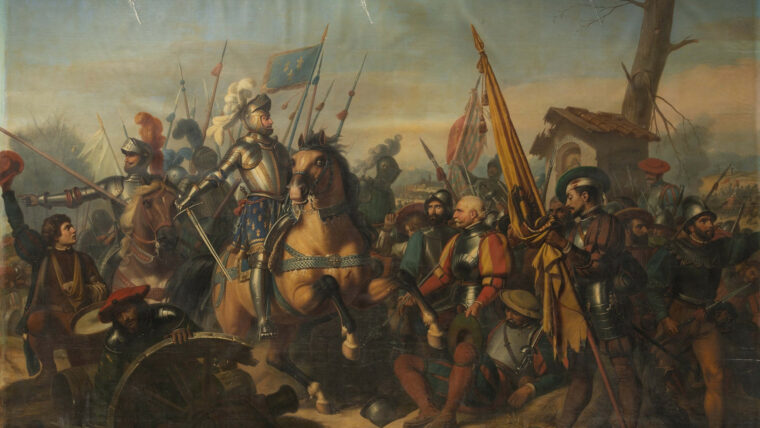
Blaise de Monluc
By William McPeakA hundred miles north of the mountainous region near the Pyrenees was the rolling land of the Garonne River, home of the Gascon noble families. Read more

A hundred miles north of the mountainous region near the Pyrenees was the rolling land of the Garonne River, home of the Gascon noble families. Read more

By the spring of 1943, the Nazi deaths camps in eastern Poland—Sobibor, Belzac, and Treblinka—were running out of victims. Read more
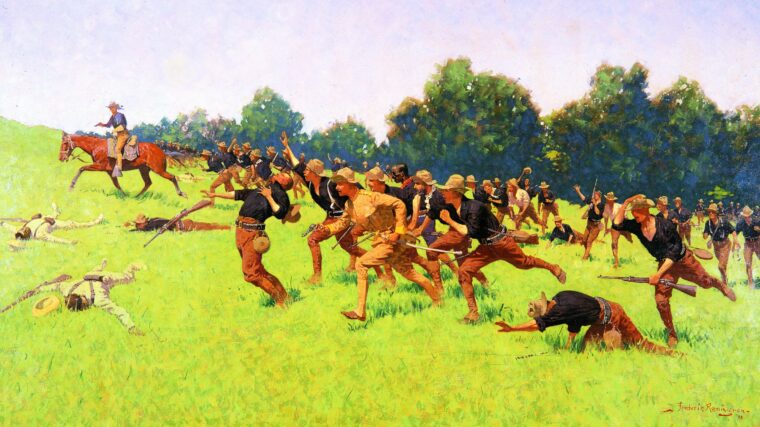
By mid-June 1898, a potent American military conglomeration had assembled off the extreme southeastern coast of Cuba. Thirty-two troop transports brought 819 officers and 15,058 enlisted men to Cuba from Florida, along with 89 newspaper correspondents, 11 foreign military observers, and 10 million pounds of rations. Read more

The scene appears to be one of utter chaos, as several dozen soldiers react to an enemy attack on their troop train. Read more
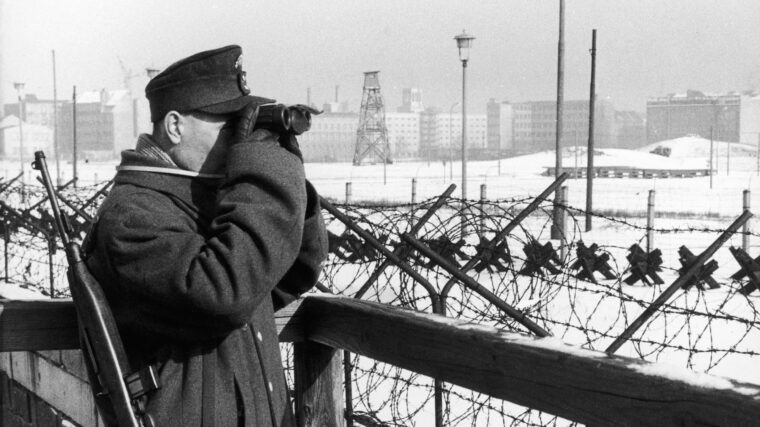
In June 1961, Walter Ulbrecht, longtime Communist party leader of East Germany, denied that his government had any intention of building the Berlin Wall, which would separate East and West Berlin. Read more
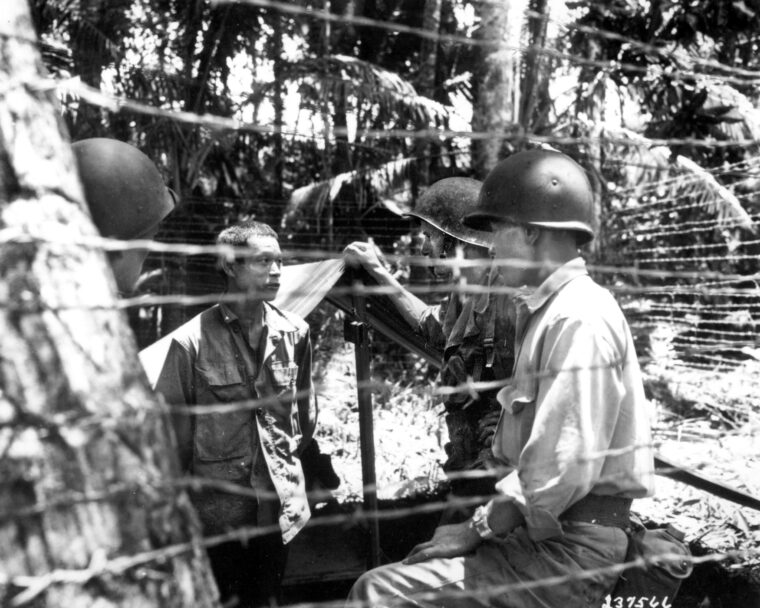
American soldiers of Japanese ancestry made remarkable contributions to the Allied victory during World War II. Read more
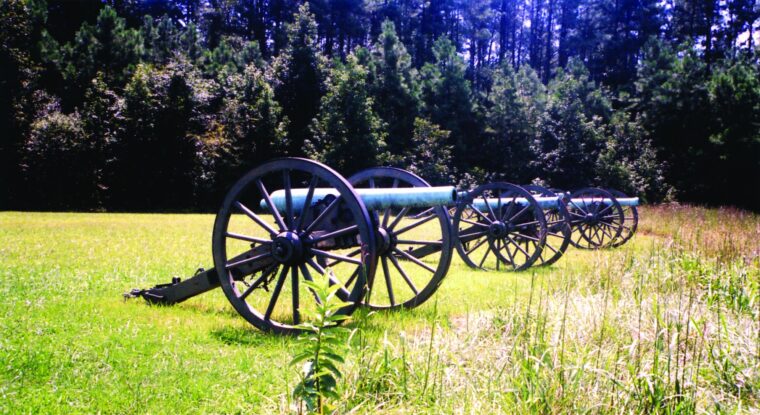
The crater that punched a hole in the Confederate lines and threw a 200-foot umbrella of dirt, men, and guns into the air on July 30, 1864, could today be mistaken for a gentle dip in the rolling, slight hills of the Petersburg countryside. Read more
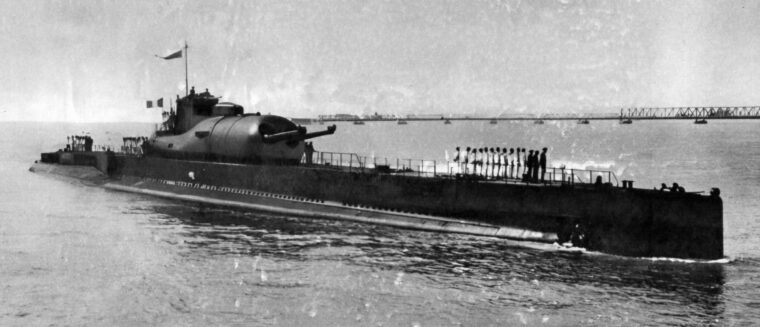
The legendary Flying Dutchman of maritime lore was a spectral ship of disastrous portent that haunted the high seas and endangered anyone who came into contact with it. Read more
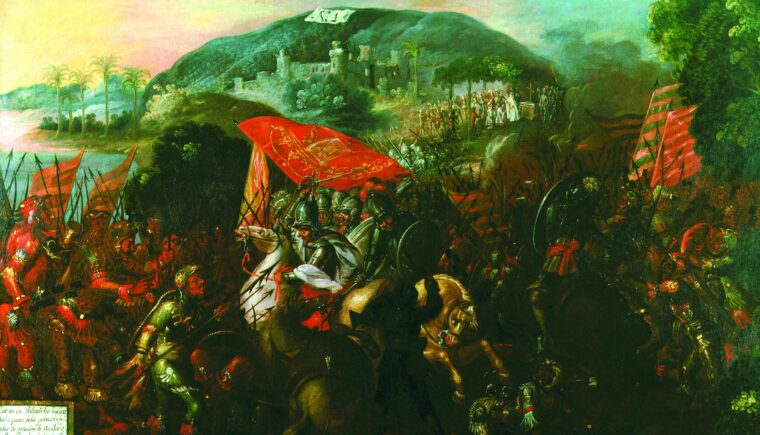
In March 1519, a small square of 400 Spanish adventurers under the command of Hernándo Cortés stood at bay on the plain of Cintla in Tabasco, Mexico. Read more
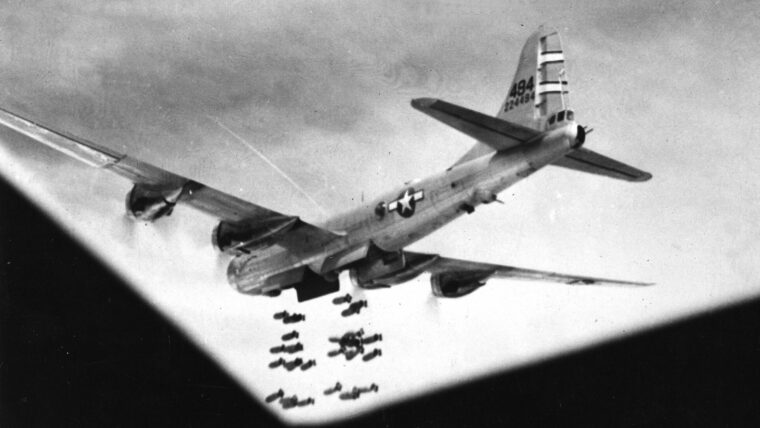
As the Japanese delegation stood on the deck of the battleship USS Missouri on September 2, 1945, preparing to sign the documents that ended World War II, a large formation of Boeing B-29 Superfortress heavy bombers swooped low over Tokyo Bay as a reminder of the terrible destruction that had befallen their nation and turned Japan’s cities into ruins. Read more

Robert Devereux, the third Earl of Essex, was on his way to church in the small village of Kineton in Warwickshire on the morning of October 23, 1642, when he received word that the enemy was at hand. Read more
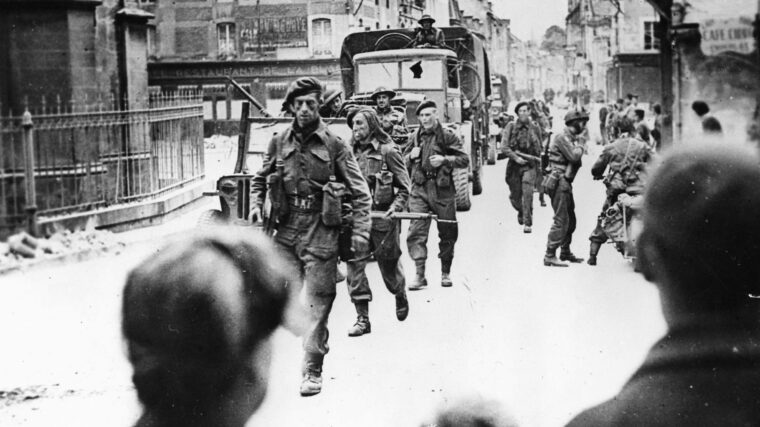
Some accounts of Ian Fleming’s life make it seem that only at the age of 44, as an antidote to the shock of finally agreeing to get married, did he suddenly commit himself to the unplanned task of creating his James Bond novels. Read more

As an icon of the Vietnam War and an angel of mercy for American troops who fought there, the Bell UH-1 Iroquois, affectionately known as the “Huey,” has gone on to become the most recognizable helicopter in the world. Read more

Boarding a train at the famous station built by the French as a terminus on the line from Djibouti, the Conquering Lion of the Tribe of Judah, Elect of God, Ras Tafari, Emperor Haile Selassie of Abyssinia left his capital Addis Ababa on May 2, 1936. Read more
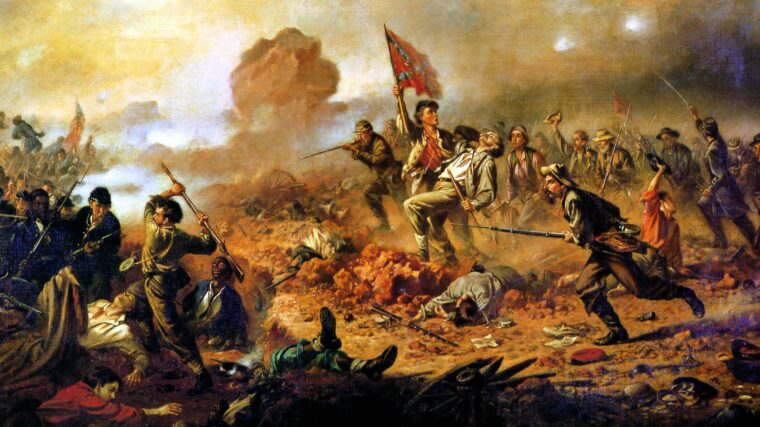
In the summer of 1864, after six weeks of virtually constant combat in the Wilderness area of northern Virginia, the Union and Confederate armies of Ulysses S. Read more
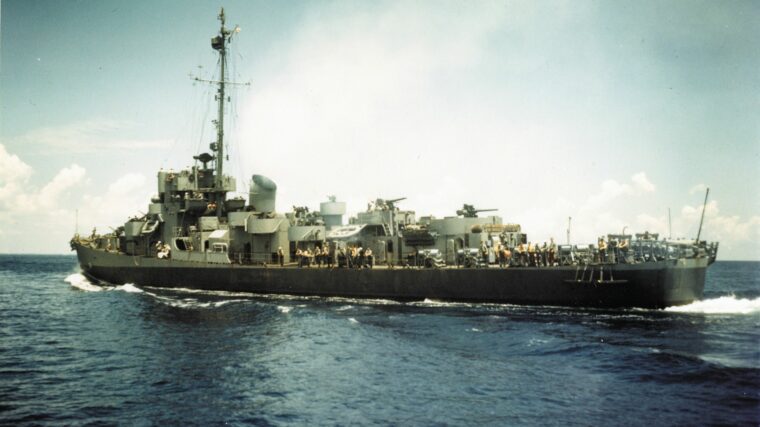
Through the first half of World War II, Allied shipping losses to German U-boats climbed steadily from over 400,000 tons in the last four months of 1939 to more than two million tons each in 1940 and 1941, before reaching a staggering 6,266,215 tons in 1942 following the entry of the United States into the war. Read more

We can never know what frantic thoughts raced through George Armstrong Custer’s mind in the last hour of his life. Read more
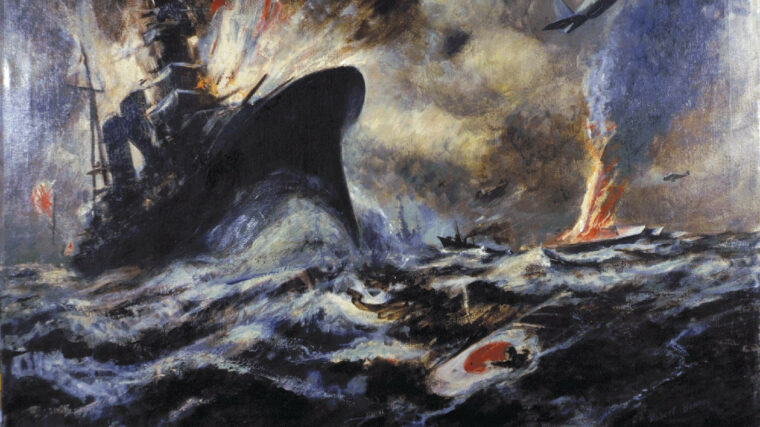
Japanese military successes in 1941 and 1942 shocked the West. Behind those successes lay a logistics effort not often appreciated, that of shipping. Read more
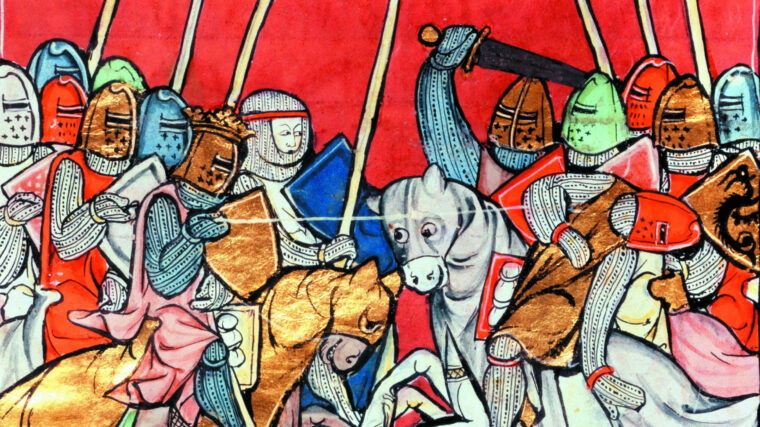
Britain was a battleground in the last years of the fifth century. The occupying, and in some sense stabilizing, Roman legions long since had gone, never to return, and the native Britons found themselves locked in a long, heartbreaking struggle against waves of brutal North German invaders—Angles, Saxons, and Jutes—who delighted in bloodshed, rape, and murder. Read more

General George S. Patton, Jr., was one of the most flamboyant and controversial figures of World War II. Read more